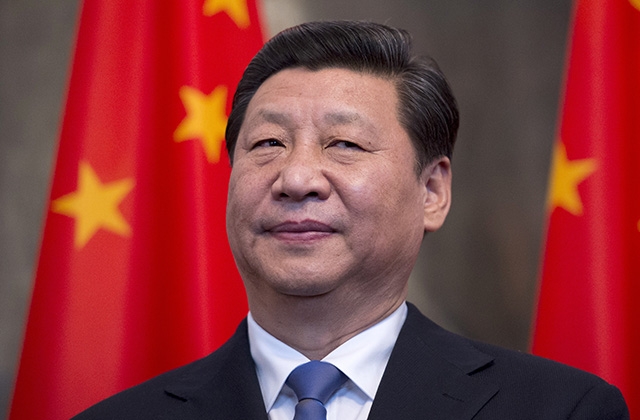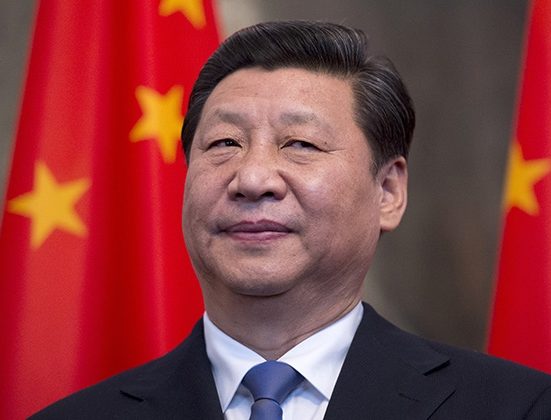In a significant escalation of the ongoing trade war, China has increased tariffs on U.S. imports to 125%, effective Saturday, in response to President Donald Trump’s decision to raise duties on Chinese goods to 145%. This move marks a sharp increase from the previous 84% tariff rate imposed by China on U.S. goods, reflecting Beijing’s determination to counter Washington’s aggressive trade policies.
The U.S. had recently heightened tariffs on Chinese imports, citing concerns over trade imbalances and intellectual property rights. However, China views these actions as “unilateral bullying and coercion,” violating international trade norms. The Chinese Finance Ministry stated that further U.S. tariff hikes would be ignored, as they no longer make economic sense and have rendered U.S. goods uncompetitive in the Chinese market.
This latest development underscores the deepening rift between the world’s two largest economies. The trade tensions have led to a series of retaliatory measures, significantly impacting global supply chains and economic stability. Despite the challenges, both nations continue to engage in a high-stakes game of tariffs, with each side seeking to protect its economic interests.
President Xi Jinping has emphasized that “there are no winners in a tariff war,” highlighting the need for a more collaborative approach to resolve trade disputes. However, the current trajectory suggests that tensions will persist, with both countries committed to defending their positions in the global trade arena.

